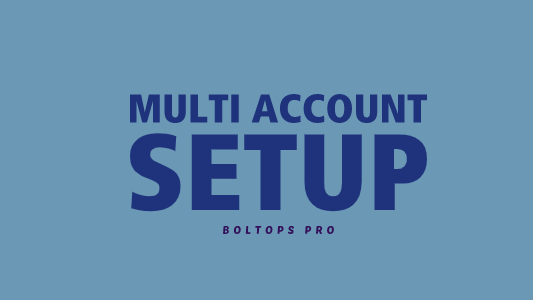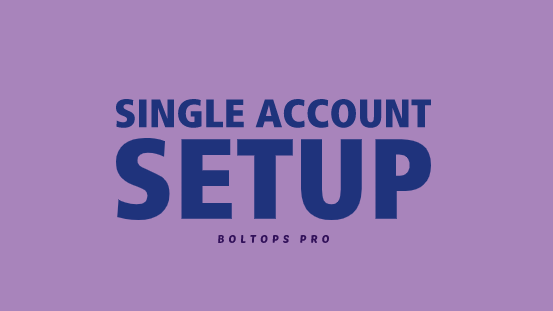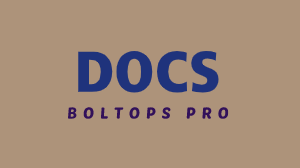Today, I’m happy to introduce BoltOps Pro. BoltOps Pro makes building AWS infrastructure much easier and more fun.
It’s crazy to think that I’ve been working with AWS for over a decade now. I’ve been lucky enough to have built and ran one of the largest sites in the world (billions of pageviews/month). I’m even more fortunate now to be working with some awesome BoltOps clients. I’ve learned and continue to learn a lot about what it takes to build AWS infrastructure. BoltOps Pro is the result of those years of experience and hard-fought learning lessons put together.
BoltOps Pro is professionally built, maintained, and hardened infrastructure software. It is the software that BoltOps uses to build AWS infrastructure. It is packaged up and delivered to you as a monthly subscription. It saves you an incredible amount of time from figuring it all out by yourself.
Reference Architecture
BoltOps Pro includes the BoltOps Reference Architecture. The Reference Architecture uses some powerful blueprints:
| Blueprint | Description |
|---|---|
| vpc | The VPC infrastructure foundation. The VPC starts with a strong-security mindset and is based on best practices and the AWS Standardized Architecture for PCI DSS on AWS. |
| vpc-peer | The blueprint peers the VPCs together in different AWS Accounts. If you’re taking the One AWS Account Strategy, the vpc-peer-one blueprint is also available. |
| ecs-spot | The ECS Spot Architecture used to realized 50%-90% savings with zero commitment. It makes use of Spot Fleets, explained here What is the Difference Between Spot Fleet vs Spot Instances. |
| ecs-asg | The ECS ASG Cluster provides High Availability capacity in the event your spot fleets request are not fulfilled. |
| demo-backend | A demo backend application that shows how to provision an internal ELB and ECS service on separate AWS accounts or the same account. |
| demo-frontend | A demo frontend application that shows how to provision an external ELB and ECS service on separate AWS accounts or the same account. |
What Are Blueprints?
Blueprints are essentially CloudFormation templates packaged up in a convenient and reusable way. The BoltOps Pro subscription gives you access to all the blueprints in the BoltOps Pro GitHub organization.
The organization also includes additional demo apps and internal BoltOps tools used to manage AWS infrastructure. You get 100% of the source code.
The BoltOps Pro subscription provides extreme value for companies and teams who are working or looking to work with AWS. We’re also starting things off with a special introductory price. Lastly, you can use this coupon code to save 50% off the first 3 months: intro-offer. The coupon expires in 3 months.
What Blueprints Do You Want?
As a subscriber, you get the maintenance updates to the existing blueprints. You will also automatically get access to newly added blueprints. The plan is to add many more blueprints in the future.
Are there specific blueprints (CloudFormation templates) that you’d like to see? Please let us know which ones: BoltOps Pro Blueprint Suggestion. Your input will directly affect what blueprints we’ll build next.






